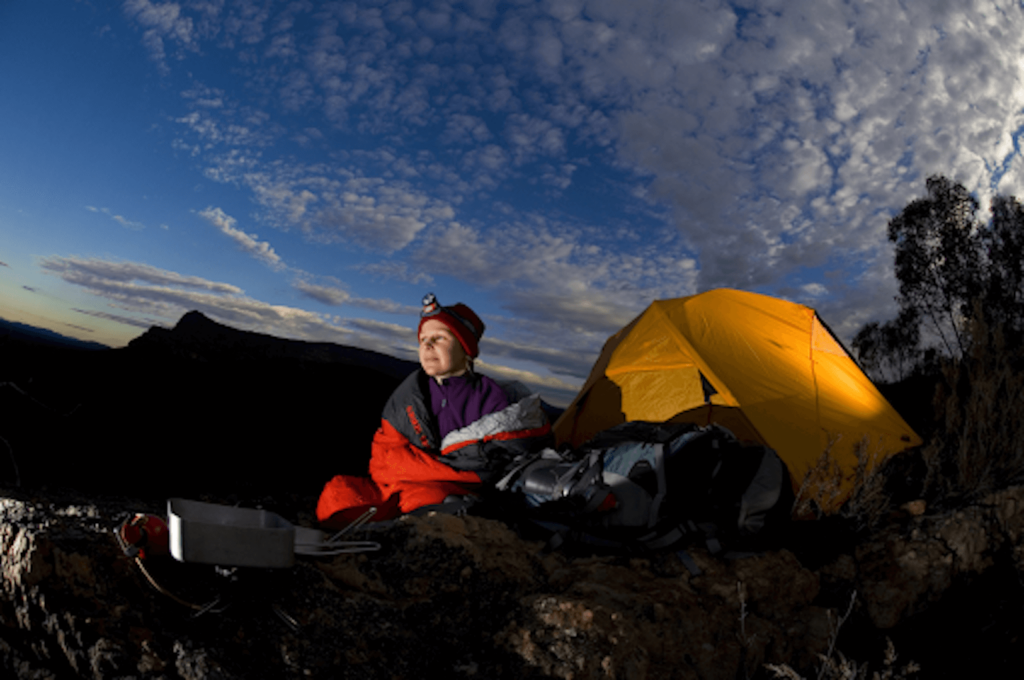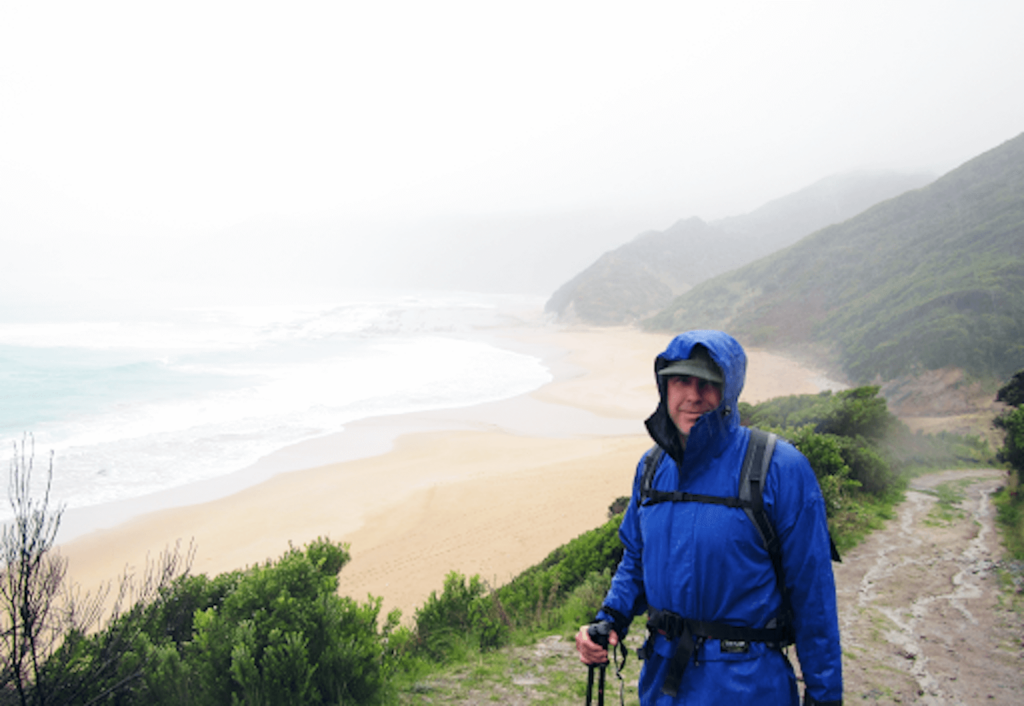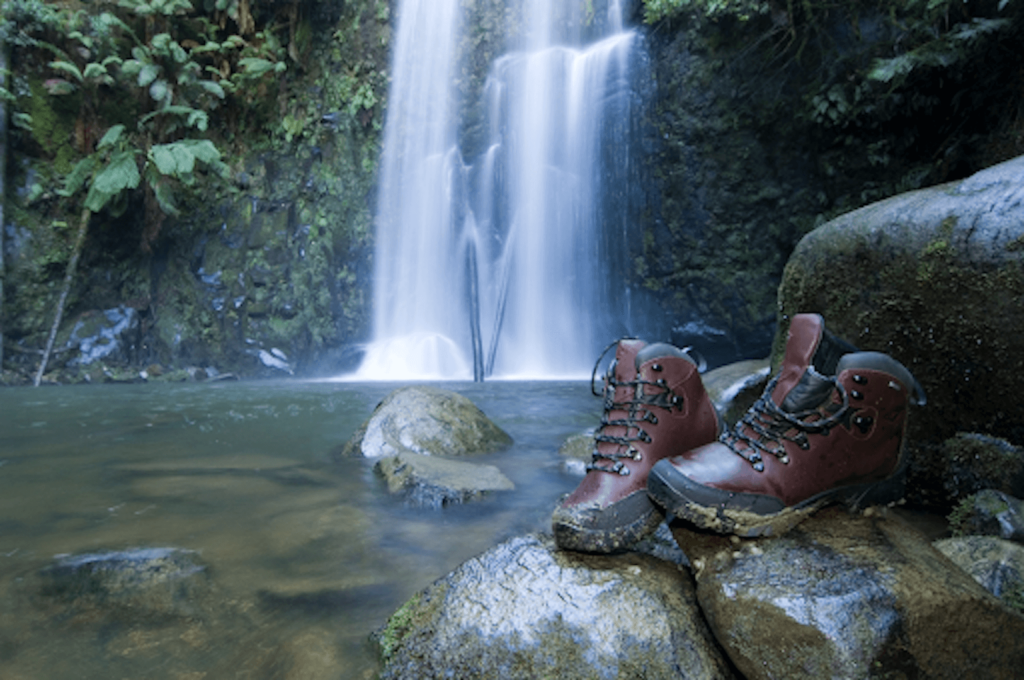Guide to Walking the Great Ocean Walk Independently

At Walk 91, years of experience walking the Great Ocean Walk means that we are very familiar with its challenges and potential pitfalls. We are also familiar with its most spectacular sights, and know that these make any challenge worthwhile!
Some of our knowledge comes from Mark’s experience working as a ranger with Parks Victoria, building the Great Ocean Walk route up from scratch. The rest comes from our years of supporting walkers in all seasons and tides.
Get in touch with us for any guidance and advice for your walk, or check out the support we offer walkers in our Victoria self-guided walking tours.
1. Choose the right Great Ocean Walk route for you
The Great Ocean Walk can be joined at various different points. Many start at Apollo Bay, others later on at Cape Otway, Aire River, or Castle Cove. The other decision to be made is between the ‘mild side’ and the ‘wild side’.
The mild side is around 50 km and includes some of the most beautiful sights, including Rainbow Falls and the Aire Heritage River. For a guide to the locations along this route, make use of the itinerary for our 3-Day Hike the Cape Walk to get a sense of what your trip will involve.
The wild side is more remote with fewer options to join and leave the trail via car access points. For a taste of what this involves check out the itinerary of our 4-day Great Ocean Wild Side hike. (Our itineraries are written to be useful for anyone, not just those joining our self-guided walks).
Or, you may want to take in the whole walk, in which case it’s worth planning carefully to fit it into the time that you have. Again, checking out the varying itineraries from completing the whole Great Ocean Walk in 4 days, to a leisurely 10-day hike to the 12 Apostles.
You can buy your own fold-out map or booklet directly from Walk91 here.
2. Check Victoria’s tides and weather carefully
Some elements of the Great Ocean Walk, like Wreck Beach, Rainbow Falls, and Gibson’s Steps become inaccessible at high tide. If you choose to walk those sections of the way with us, we can help you choose the ideal time.
Otherwise, if you are confident reading tide predictions, they can be accessed at the Australian Government Bureau of Meteorology. This is also a good site for Victoria weather predictions and warnings. You can even get weather notifications straight to your phone.
3. Prepare for the Great Ocean Walk wildlife and rock spotting
Even the rocks have a fascinating story to tell on this walk, and because they can’t tell it themselves, read up on the geology of the Great Ocean Walk here. Not only will this impress your fellow travellers, it will also help you understand the fantastical shapes in the coastline.
There are plenty of Australia’s famous and much-loved species to see on this route, including koalas, kangaroos, wallabies, and kookaburras. Out at sea, keep an eye out for Australian fur seals, dolphins, or even whales!
Less well known though, is that this area is also home to some rare and endangered species. On Johanna Beach, look out for the hooded plover, who nests at the high water mark. There are less than 1000 or so of these birds left in the wild.
Another unusual animal to spot is the Otway black snail, with its sharp, backward-pointing teeth, and gang-gang cockatoos which are endangered due to the Black Summer bushfires.

4. Check Victoria’s public transport schedules
Car-free travel is possible on this route! It is easy to get to the Great Ocean Walk by taking the v-line train service from Melbourne to Geelong, and then a coach or bus from Geelong to Apollo Bay.
There are only three buses per day but they are punctual, and the whole trip takes around 4 hours. Use the Victoria public transport website to check your timings. Our tip is to sit on the left side of the bus to get the best views of the ocean!
Getting back from the 12 Apostles is trickier; there is usually a morning vline bus on Monday, Wednesday, and Friday, but make sure you check the timetable.
5. Pack well for the Great Ocean Walk
Below is the list of items we recommend to all walkers, even those who are using our support network.
- A warm, lightweight waterproof (and waterproof trousers if walking in winter)
- Quick drying trousers as some of the routes may involve paddling
- A warm jumper, even in summer for the evenings
- Swimming costume if you plan to take a dip
- Sunscreen, hat, and sunglasses to protect from the sun
- Sturdy water resistant walking boots
- Small medical kit with blister packs, insect bite cream, water purification tablets, and insect repellent
- At least 2 litres of water, because in dry years there may be no water to purify (normally provided in rainwater tanks along the route, you can phone Parks Victoria to check the level of these tanks in advance)
- A Personal Locator Beacon, or Emergency Position-Indicating Radio Beacon, in case of loss of signal
- Portable phone charger (although we recommend using your phone only for photos and emergencies!)
- Poles or sticks are also useful
6. Book Great Ocean Walk accommodation in advance
There is no accommodation available on the trail, so you need to organise shuttles to the places you choose to sleep at the end of each day. It is also possible to camp on the trail and we have created a guide to camping the Great Ocean walk for you.

7. Choose your southeastern Australia season carefully
The Great Ocean Walk can be undertaken at any time of year, but seasons may change the experience dramatically. Summer is a great time to come, but of course it will get very hot, with sand that can burn and a greater risk of snakes.
Actually, the risk from snakes is quite low, but if you are worried (or interested) check out our Great Ocean Walk guide to snakes here.
Autumn and Spring are great times to walk to avoid the heat and enjoy the Rainbow Falls (which gets much drier in summer). To avoid the busiest time, just avoid the Easter holidays.
Winter is certainly an exciting time to walk the trail, but bring lots of protection against the mud and the cold, and be prepared to be more isolated than at other times of the year.

Independently walking the Great Ocean Walk is a wonderful experience, you just have to be a good planner, happy carrying your own luggage, and an experienced camper (unless you organise shuttles).
If you feel like you need a little more support whilst you walk, take a look at our Great Ocean Walk tours, and to get even more excited, check out our collection of Great Ocean Walk experiences. Oh, and finally, do get in touch for more ideas and advice!
